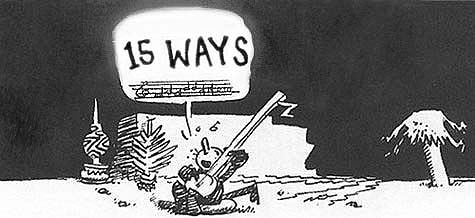 What serious enquirer after the historical Jesus can bypass a title like The Historical Jesus: An Essential Guide by James H. Charlesworth?
What serious enquirer after the historical Jesus can bypass a title like The Historical Jesus: An Essential Guide by James H. Charlesworth?
Chapter 2 addresses ways of “obtaining reliable information” about Jesus and about two-thirds of this chapter discusses a number of “methodologies” that include our familiar criteria:
- Embarrassment
- deeds and sayings embarrassing to the evangelists would not have been fabricated by them
- Dissimilarity
- teachings unlike environmental Jewish thought and unlike those of his followers probably originated with Jesus
- Multiple attestation
- a saying or deed of Jesus found in two or more independent sources is more probably original to Jesus than something found in just one source
- Coherence
- when a deed or saying of Jesus is virtually identical to one that is shown to be very likely (on the grounds of the other three criteria above) then we may think of it as probably reliable
- Historical plausibility (Palestinian Jewish setting)
- a tradition may be authentic if it reflects the culture and time of Palestine in the early first century.
We know the arguments for these and their logical flaws. But happily Charlesworth is offering readers more than the commonplace and familiar. He adds “ten additional supporting methods” to provide “supporting insight and information” about Jesus: Continue reading “15 ways of recovering reliable information about Jesus”
